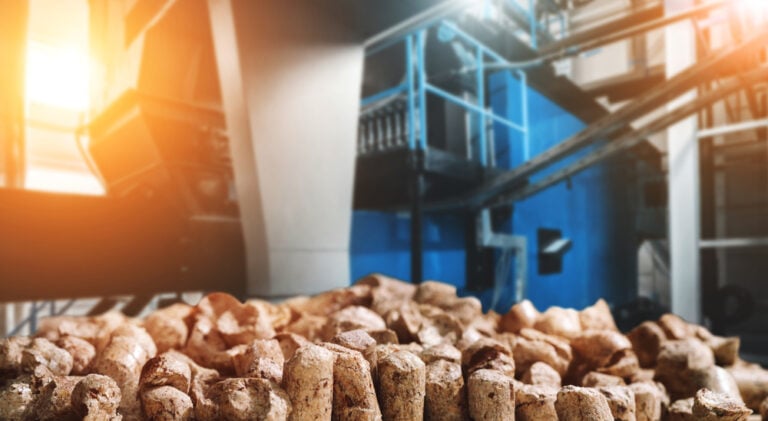
Recent UK air quality findings
There have been a number of annual publications and reports regarding air quality in the UK released recently, and you may have seen some recent news articles discussing their findings. The reports can be quite overwhelming, with a lot of unexplained details and large numbers that make investigation seem daunting. To support you and remain transparent, we wanted to summarise recent findings, provide context where necessary, and look towards the future.
Wood-burning stoves are not being banned
Despite some sensationalised headlines that crop up every time an emissions report is released, government have stated that they have no intention of banning wood burning stoves. The need to reduce the result emissions have been identified, and HETAS supports government in this notion.
The Ready to Burn certification scheme, Cleaner Choice scheme, and HETAS advice hub contribute to minimising emissions by encouraging responsible and efficient burning.
Recent reports
The two key publications are Defra’s ‘Emissions of air pollutions 2024‘ and the Office for Environmental Protection’s (OEP) ‘Progress in improving the natural environment in England 2022/23‘.
Emissions of air pollutants in the UK (Defra)
Defra’s publication is an annual report on emissions of air pollutants in the UK, where estimates for several pollutants are provided. This publication is focused on statistics and provides a wide array of data that can be inferred in a number of ways.
The primary section of this publication that is relevant to the wood burning industry is the statistics regarding particulate matter. This section provides the following information, in 2022:
- PM2.5 emissions decreased by 2%, with an estimated 65 thousand tonnes emitted.
- PM10 emissions increased by 1%, with an estimated 127 thousand tonnes emited.
- Domestic combustion contributed to 29% of PM2.5 emissions, a 2% increase.
The report also establishes that the UK was compliant with international and domestic emission reduction commitments in 2022, with all pollutants being reduced by the committed percentage.
We have provided a more detailed breakdown of the publications findings in our full summary article.
Progress in improving the natural environment in England 2022/23 (The Office for Environmental Protection)
The OEP’s annual report examines government’s progress, relating to existing plans. The report covers a wide range of topics relating to the natural environment with a number relating to our industry, such as: domestic combustion, concentrations in ambient air, clean air recommendations, and sustainable timber. These topics are assessed relating to government’s goals and targets, with current measures and their implementation evaluated.
The report concludes that more must be done to meet government’s established targets; the current pace is insufficient and an effective, transparent delivery plan is required. The OEP state that reducing air pollution from domestic pollution requires more than just technological approaches. Consumer education is vital for behaviours to be changed for the better and to minimise domestic combustion emissions.
We thoroughly explored the OEP’s report, investigating the role of HETAS in its recommendations in our full summary article.
Important considerations
When reading reports and the resulting news publications, it can be easy to linger on the bad news. However, it is important to consider that the industry is actively working hard to innovate and educate in an effort to continue reducing emissions from wood burning.
Domestic combustion emissions is a catch-all term that encompasses a range of burning practices, including those that are extremely inefficient and harmful. Understanding the importance of separating the emissions from inefficient ways of burning (old and inefficient stoves, open fireplaces, fire pits) from efficient ways of burning (Cleaner Choice certified appliances) is key to comprehending the state of the industry at the moment.
Separating the sources of emissions to understand the impact that a modern, efficient stove actually has on emissions is often referred to as source apportionment and is key to understanding – and minimising – emissions.
Looking to the future
Working together for a cleaner, safer, and more sustainable environment, HETAS will continue to work with government to aid in minimising emissions.
- The Ready to Burn certification scheme encourages responsible and efficient burning.
- Woodsure, our sister company, is the UK’s only wood fuel quality assurance scheme, ensuring that wood fuels adhere to legality and sustainability requirements.
- The Cleaner Choice scheme is raising industry standards through stringent emission performance limits, pushing manufacturers to continue to minimise their emissions.
- Our advice hub provides updated tips and information to keep you burning responsibly and safely.



